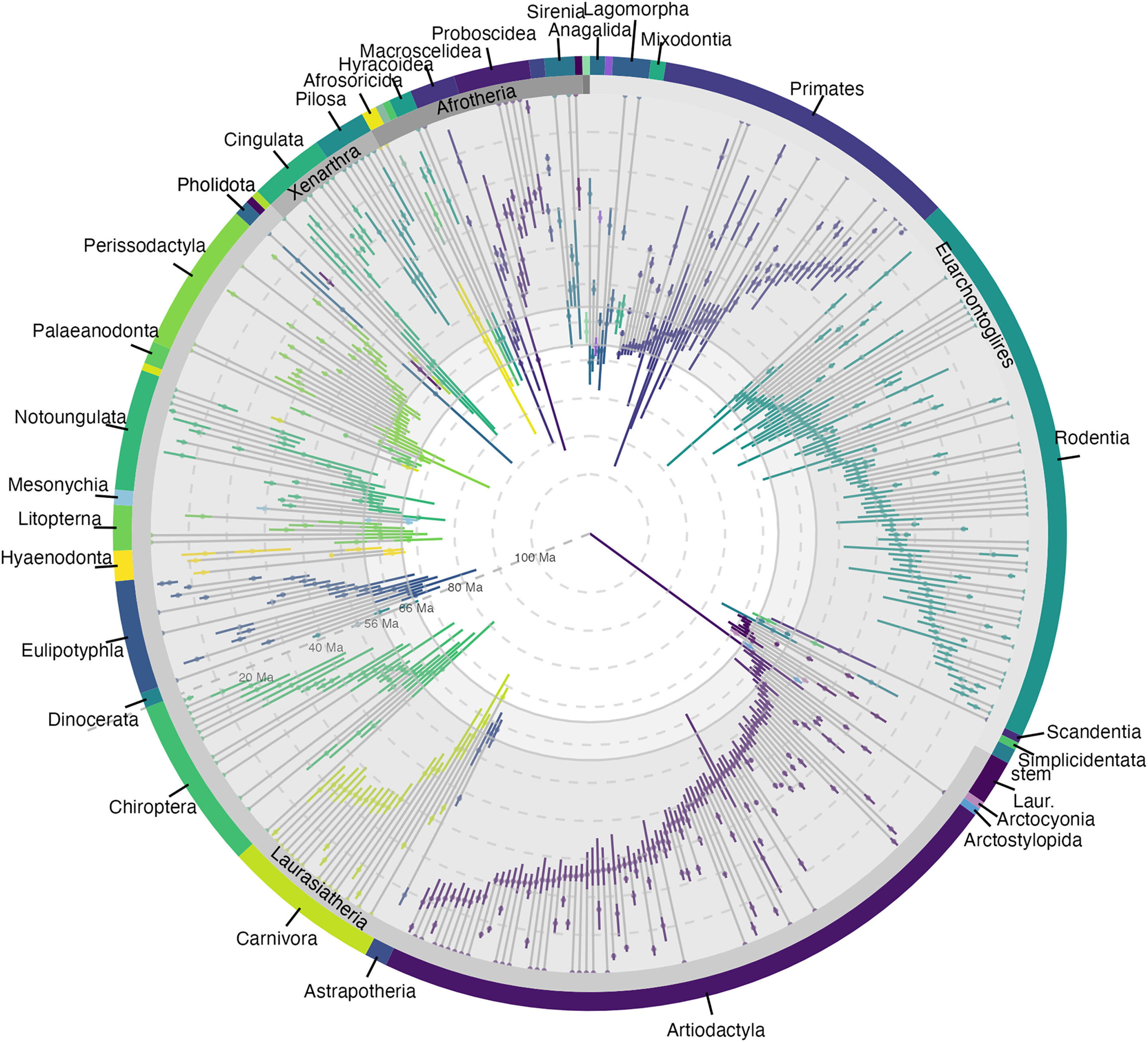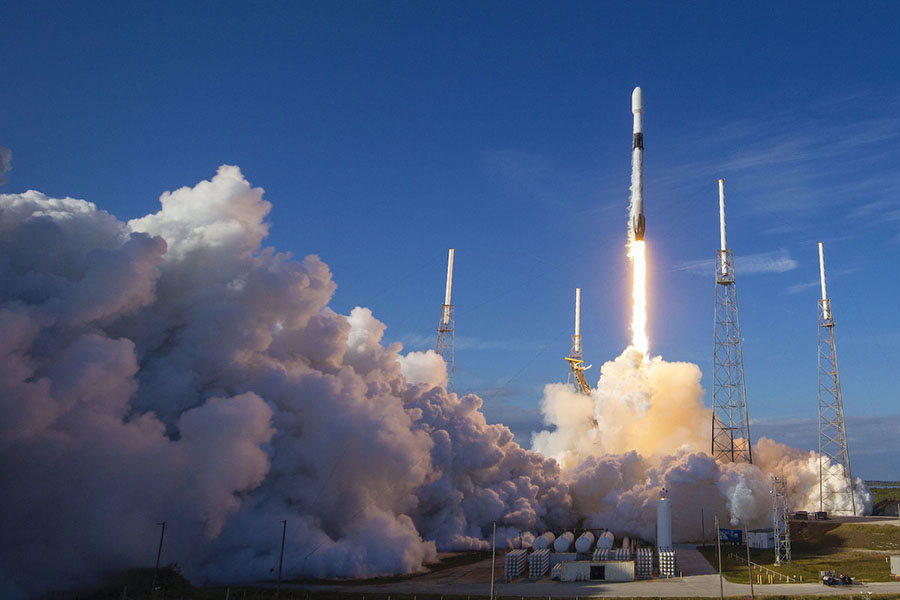The Cretaceous origin of placental mammals, the group that includes humans, dogs and bats, has been revealed through an in-depth analysis of the fossil record, which indicates that they coexisted with dinosaurs for a short period before the extinction of the dinosaurs.
The catastrophic devastation caused by the asteroid impact killed all non-avian dinosaurs in an event called the Cretaceous-Paleogene (K-Pg) mass extinction. Researchers have long debated whether placental mammals existed alongside dinosaurs before the mass extinction, or whether they only evolved after the dinosaurs were eliminated.
Fossils of placental mammals were only found in rocks younger than 66 million years old, that is, when the asteroid hit the Earth, indicating that the group evolved after the mass extinction. However, molecular data have long suggested an advanced age for placental mammals.
In a new paper published in the journal Current BiologyA team of paleobiologists from the University of Bristol and the University of Friborg used statistical analysis of the fossil record to determine that placental mammals arose before the mass extinction, which means they coexisted with dinosaurs for a short time. However, modern lineages of placental mammals didn’t begin to evolve until after the asteroid impact, suggesting that they were better able to diversify once the dinosaurs were gone.
The researchers collected extensive fossil data from groups of placental mammals stretching back to the mass extinction 66 million years ago.
Lead author Emily Carlisle from Bristol’s School of Earth Sciences said: “We have collected thousands of fossils of placental mammals and have been able to see the origination and extinction patterns of different groups. Based on this, we can estimate when placental mammals evolved.”
Co-author Daniel Silvestro (University of Fribourg) explained, “The model we used estimates ages of phylogeny based on when the subspecies first appeared in the fossil record and the pattern of species diversity through time for the subspecies. It can also estimate extinction ages based on the last occurrence of when the group became extinct.”
Co-author Professor Phil Donoghue, also from Bristol, added, “By examining both the origins and the extinctions, we can see the impact of events such as the K-Pg mass extinction or the Paleocene-Eocene Thermal Maximum (PETM).”
Primates, the group that includes the human lineage, as well as Lagomorpha (rabbits and hares) and Carnivora (dogs and cats) were shown to have evolved before the K-Pg mass extinction, which means their ancestors were mixed with dinosaurs. Having survived the asteroid impact, placental mammals diversified rapidly, possibly due to the loss of competition from dinosaurs.
more information:
Emily Carlyle et al., A timescale of diversification of placental mammals based on Bayesian modeling of the fossil record, Current Biology (2023). DOI: 10.1016/j.cub.2023.06.016

“Explorer. Unapologetic entrepreneur. Alcohol fanatic. Certified writer. Wannabe tv evangelist. Twitter fanatic. Student. Web scholar. Travel buff.”



